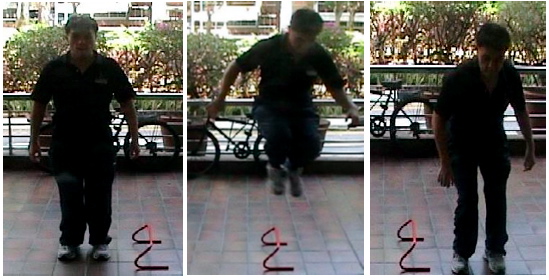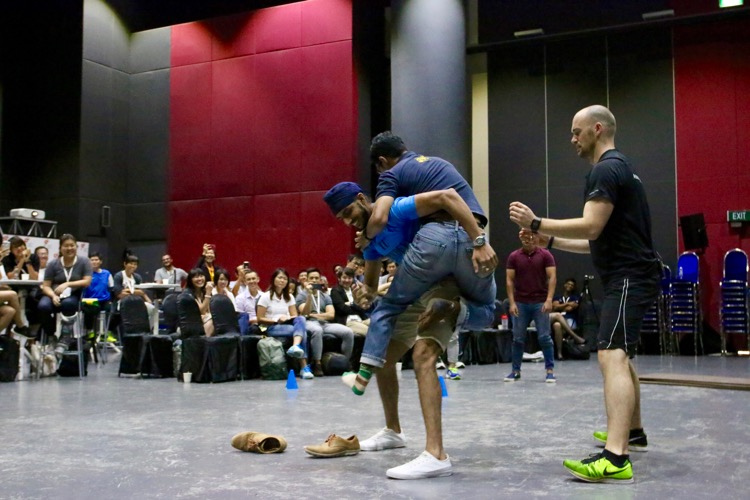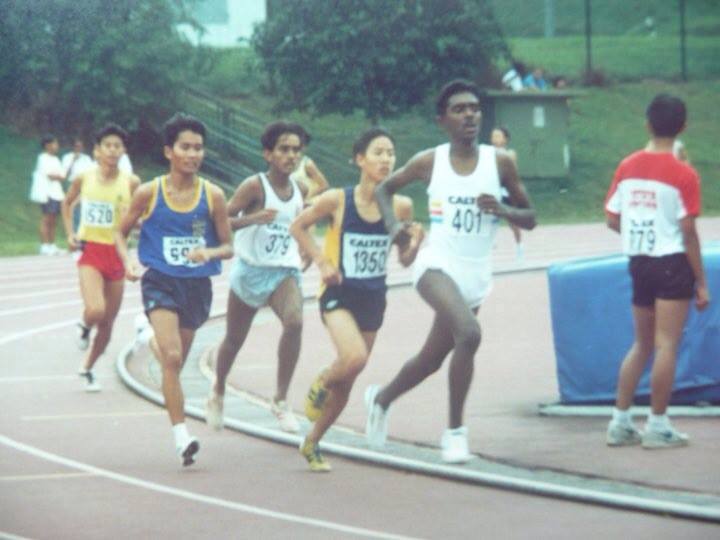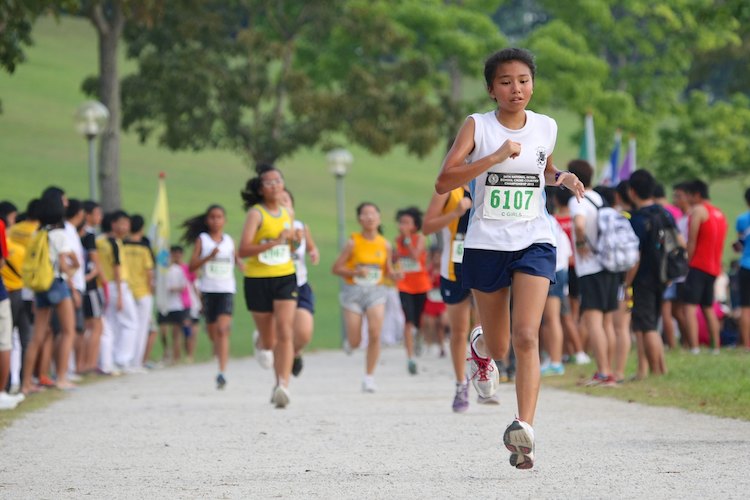By Philip Tan Loong Seng, Strength and Conditioning Coach, Changi Sports Medicine Centre
In the previous article, we mentioned that endurance runners could improve their running economy via lower body plyometric exercises. This article will cover the guidelines of constructing such an exercise programme.
Plyometric exercise refers to a form of explosive training that uses the muscle's ability to stretch then contract rapidly to produce more force. While upper body plyometric training often uses medicine ball throwing movements, exercises for the lower body nearly always take the form of jumping movements such as hopping, bounding or drop jumps.
Before starting plyometrics
The coach/athlete need to take note that plyometrics should only be prescribed during the pre-season with a training window period of at least 9 weeks leading into competition season. The athlete should also have a firm strength base prior to starting plyometrics. This would mean doing maximum strength training (heavy load/low reps) at least thrice a week during the early part of the pre-season.
Starting plyometrics
Unlike typical resistance training where training load is prescribed in pounds/kilograms and repetitions, plyometric training is expressed as number of contacts per set per exercise. Pictured below is the mini-hurdle side jump. A complete jump across 1 hurdle is classified as 1 contact. 1 set could be 6 contacts (6 jumps).

- While the optimal volume remains unknown, the following contacts are recommended by literature on this topic:
- Beginner: 80 - 100 contacts per session
- Intermediate: 100 - 120 contacts per session
- Advanced: 120 - 140 contacts per session
- Do not perform more than 20 contacts per set and ensure that all exercises are done either on grass or on track.
- Plyometric exercises should begin with low-intensity drills such as squat jump and mini-hurdle jump before moving on to higher-intensity drills such as drop jumps and bounds.
- Assuming the athlete performs resistance training 3 times per week, start off by having plyometrics once a week while maintaining the other 2 sessions of maximum strength training. About 3 to 4 weeks later – at the coach/athlete's discretion – increase it to twice a week while reducing the strength training to once a week.
Potential benefits of plyometric exercises
The aim of plyometric exercises is not to increase maximum strength or muscle mass but rather to boost leg muscle power, enhance elastic energy release from the tendons and promote general strength in the muscle-tendon units. Above all, this would result in an improved running economy for the endurance runner whereby less energy would be used to run a fixed velocity.
Changi Sports Medicine Centre is the largest multi-disciplinary sports medicine centre in Singapore. Set up by Changi General Hospital, it caters to both recreational and competitive athletes. Services include treatment of sports Injuries, injury prevention and performance enhancement, exercise testing and prescription for those with medical conditions, weight management and sports event medical coverage.







Leave A Comment